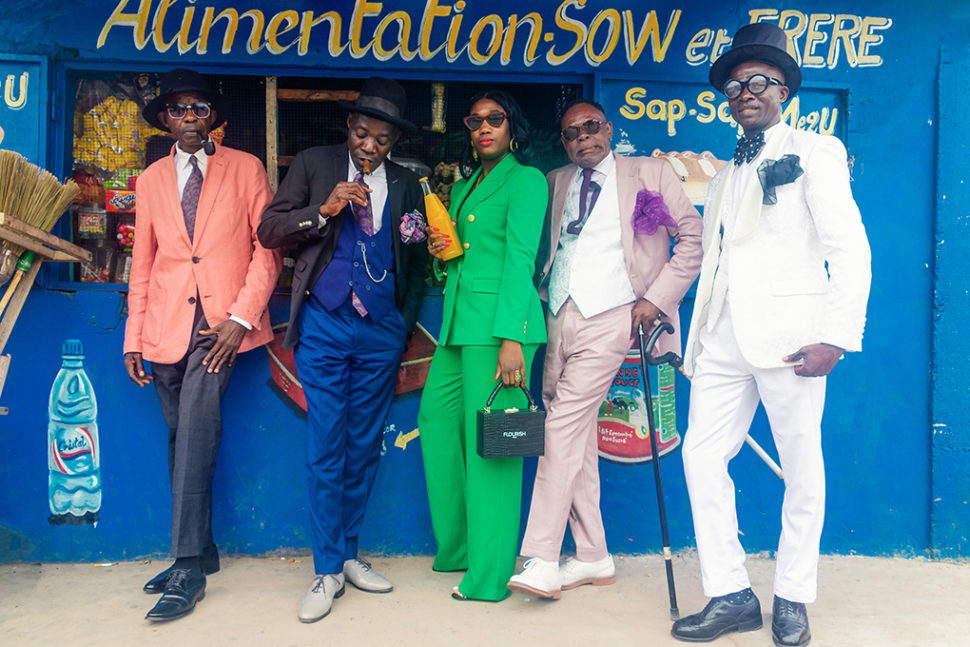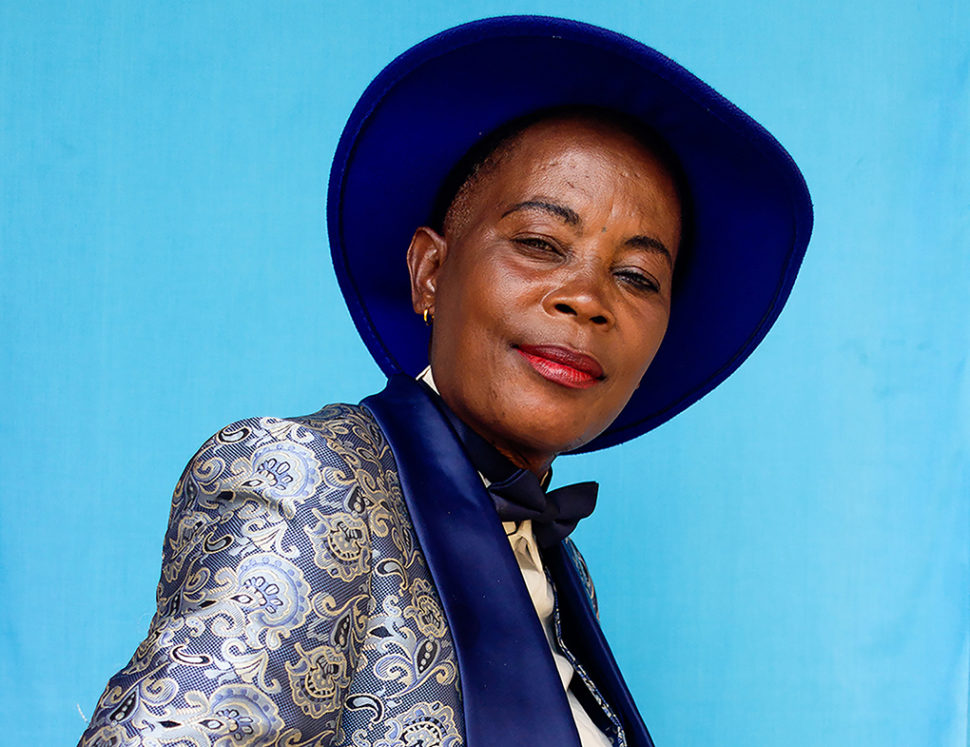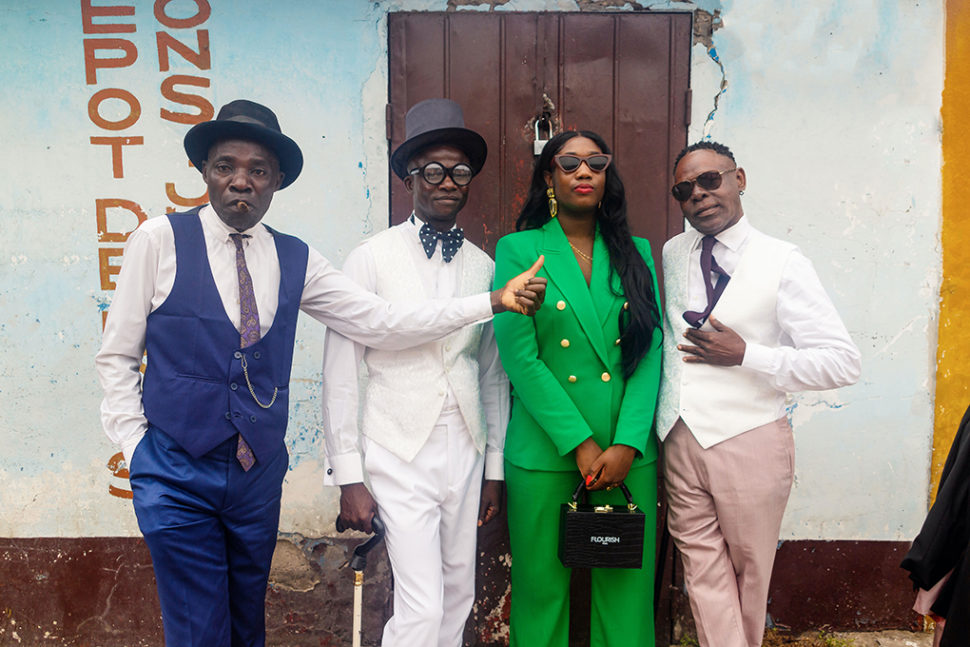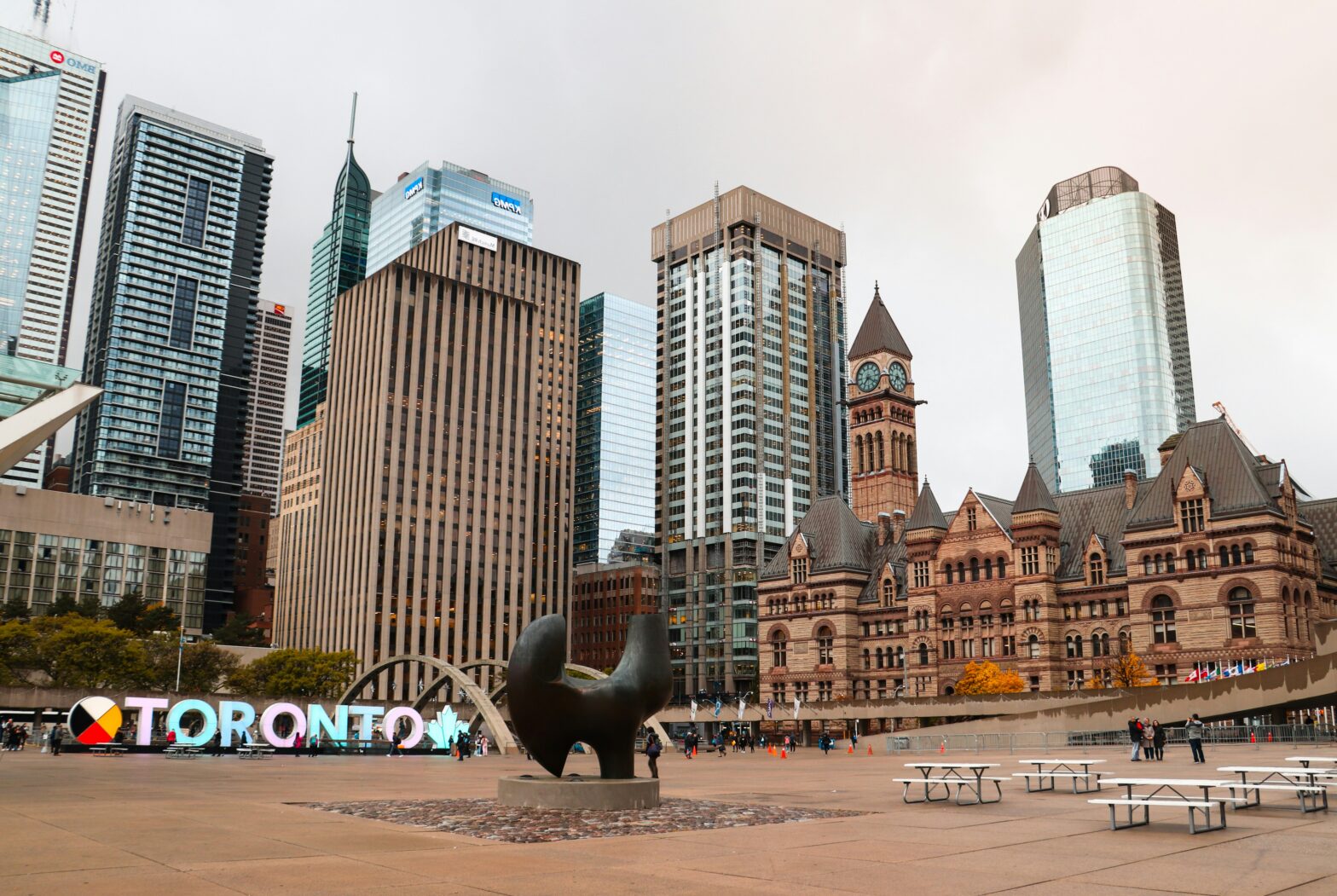Les sapeurs are followers of La Sape, a unique Congolese subculture that emerged during the early colonial era in Brazzaville, the Republic of the Congo. It is an abbreviation of the phrase “Société des Ambianceurs et des Personnes Élégantes” (French for “Society of Ambiance-Makers and Elegant People”.)
La Sape is a lifestyle in which individuals— sapeurs— dress to impress in imported luxury designer fashions. Their clothing of choice typically consists of tailored suits with matching accessories such as bow ties, suspenders, pocket scarves, top hats, and canes.

Victoire Douniama is a photographer who has documented and interviewed many sapeurs from different backgrounds. Through these interviews, she learned that the origins of the movement of La Sape can be traced back to the early colonial period in not only the Republic of Congo, but also the Democratic Republic of Congo.
“Both countries have had a harsh past of French and Belgian colonialism,” says Victoire. “Most Congolese young men were highly inspired by the style of their white masters at the time. This freedom of expression was a way to cope with the oppression they faced.”

“As one sapeur once said, ‘They colonized us but we will dress better than them.’ Over the years, this culture has blossomed into a movement that is highly attributed with the Congolese citizens’ love for fashion, color, and extravagant taste of style. Sapeurs are known to be fearless, daring, extravagant, and confident. They are the cool kids of Congo!”
During her recent trip to her father’s homeland, the Republic of the Congo, casting producer Amina Mamaty embraced her culture by donning her finest pantsuit and joining the sapeurs. She says La Sape is a lifestyle whose meaning runs deeper than fashion.

“I would describe it as European fashion with an African twist,” says Amina. “However, it’s not just about wearing nice suits. It’s the way they walk and talk, as well. It is about being confident regardless of your social status and circumstances. A lot of sapeurs don’t have much, but La Sape is what keeps them going. They’re taxi drivers, housekeepers, or gardeners by day, and sapeurs by night!”
The sapeurs dress up and meet at bars or in the streets for best-dressed contests. And the movement is now an officially-recognized aspect of Congolese culture. Each September, since 2015, the Republic of Congo has hosted the largest sapeur festival, Festival de La Sape, during which sapeurs parade in the streets of the capital for the entire day.

“This is held in a neighborhood called Ouenze located in Brazzaville,” says Victoire. “Hundreds of sapeurs from different corners of Congo gather at this festival to show off their style. The movement has evolved so much we now have women and children sapeurs, too. It is very interesting to see the gender inclusivity and all age groups, including babies, being represented.”
La Sape has become so popular over the years that it has begun spreading into other countries. People from all over the world also come to the Congo to see the sapeurs and to photograph them. To achieve her goal of showcasing Congo’s amazing culture, Victoire was eager to photograph the dapper sapeurs and highlight their interesting and colorful contributions to Congo’s cultural heritage.

With every neighborhood in Brazzaville having sapeur groups, Victoire says it is hard to say where exactly to find the best-dressed sapeurs. However, she highly recommends the neighborhood known as Bacongo.
“The neighborhood is known for its sapeur sightings at local pubs on Sundays, so if you are visiting Brazzaville, you might be lucky enough to spot them on the weekends. Apart from that, the individual Congolese gentlemen love to dress up. So, if you are strolling around Brazzaville it won’t be rare to spot a few, well-dressed gentlemen walking around, although some might not be sapeurs.”

Related: How One Woman Rediscovered Her Father’s Homeland, The Republic Of The Congo





